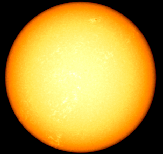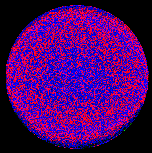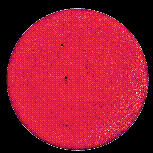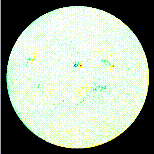



Camera readout time limits the rate at which successive filtergrams can be taken to about 1 every 3 seconds.
Individual filtergrams are not generally of much interest; because the telemetry bandwidth severely constrains the amount of data which can be recovered, virtually all the actual observables are derived quantities based on multiple sets of filtergrams taken under specific sets of parameter sequences. They all involve sets of filtergrams at five fixed wavelengths separated by 75 mÅ, denoted by I0, I1, I2, I3, and I4. The filtergrams are combined onboard by an image processor to produce the secondary observables, which can then be sampled, binned, and/or filtered depending on the observing program. Nevertheless, it should be borne in mind that recovery of individual filtergrams at nearly arbitrary wavelengths within the bandpass is possible.
The Structure Program has the following components: